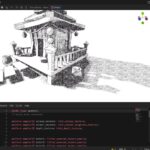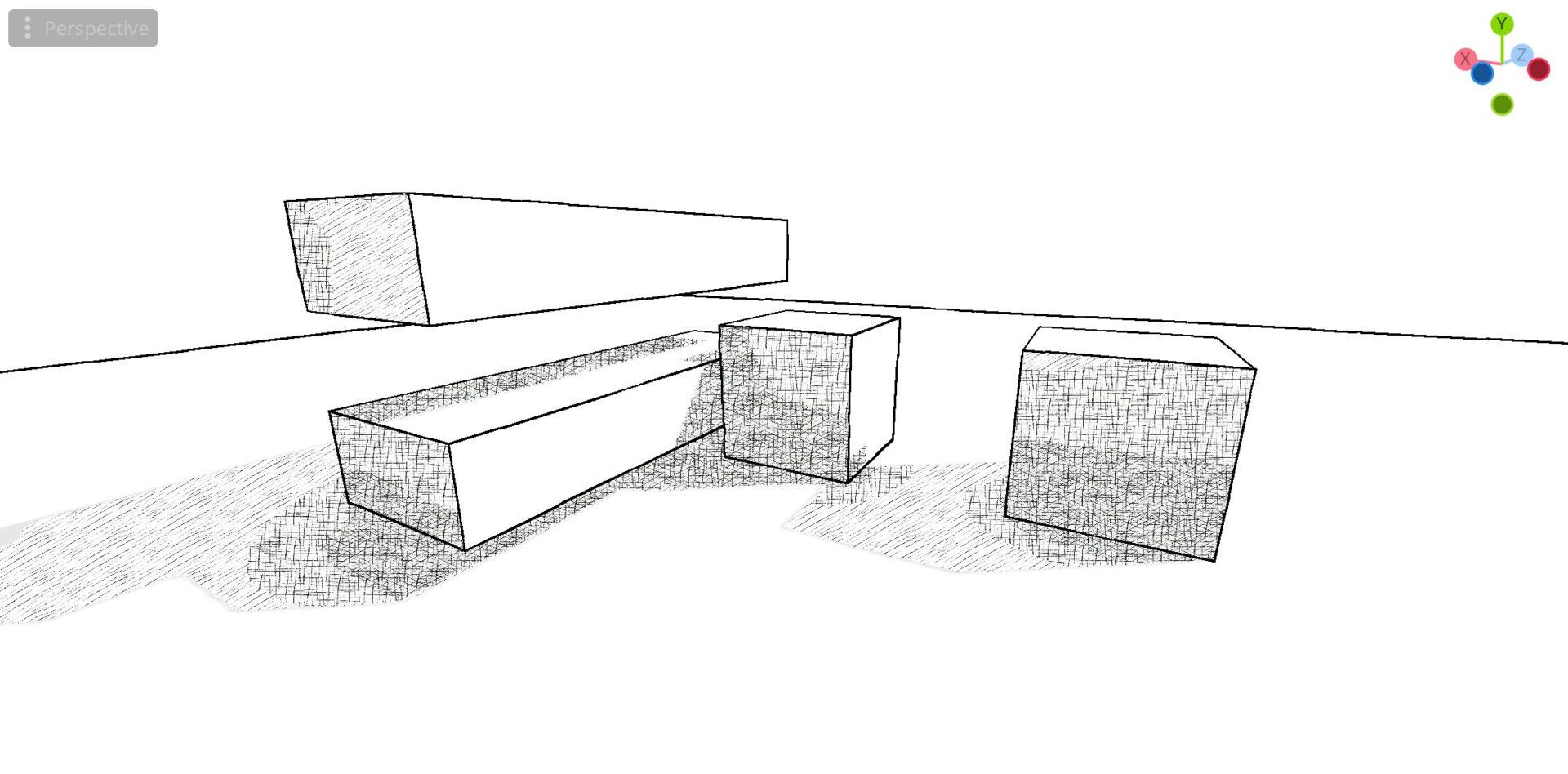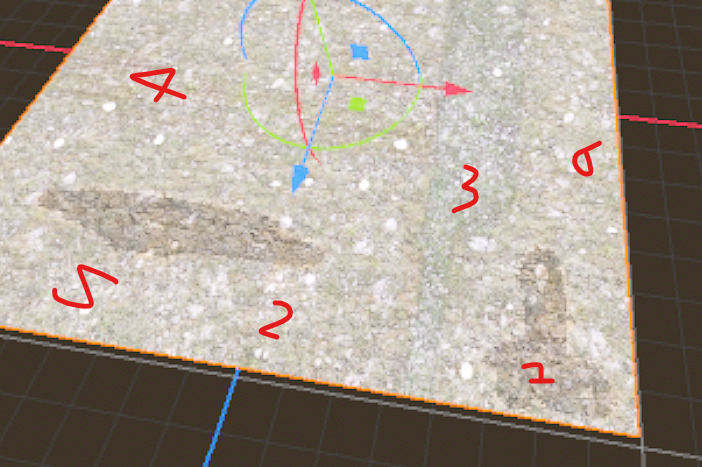Advanced Hatching Shader
you need to setup the cam & quadmesh + light + outline mesh + the different layer of hatching textures and there you go.
I learned from this video : Hatching shader tutorial – YouTube
Shader code
shader_type spatial;
uniform sampler2D screen_texture: hint_screen_texture;
uniform sampler2D normal_texture: hint_normal_roughness_texture;
uniform sampler2D depth_texture: hint_depth_texture;
uniform sampler2D hatch1: filter_nearest,repeat_enable;
uniform sampler2D hatch2: filter_nearest,repeat_enable;
uniform sampler2D hatch3: filter_nearest,repeat_enable;
uniform float threshold1 :hint_range(0.0, 1.0, 0.001)= 0.5;
uniform float threshold2 :hint_range(0.0, 1.0, 0.001)= 0.6;
void vertex(){
// Godot v4.3
POSITION = vec4(VERTEX.xy, 1.0, 1.0);
// before Godot v4.3
// POSITION = vec4(VERTEX,1.0);
}
void fragment() {
vec3 screen_color = texture(screen_texture,SCREEN_UV).rgb;
//Gray scale;
float luminance = dot(screen_color, vec3(0.299, 0.587, 0.114));
//Reversed ambient occlusion
float r_channel = screen_color.r;
float pow_r = pow(r_channel,0.3);
float inverse_pow_r = 1.0 - pow_r;
luminance -= inverse_pow_r;
luminance = 1.0 - luminance;
vec3 final_color = vec3(luminance);
vec3 normal_sample = normalize(texture(normal_texture, SCREEN_UV).rgb * 2.0 - 1.0);
vec2 distorted_uv = SCREEN_UV + normal_sample.xy * 2.0 ;
if (luminance > 0.001){
if (luminance < threshold1){
vec3 hatch1_color = 1.0 - texture(hatch1,distorted_uv * 15.0).rgb;
final_color *= hatch1_color;
} else if ( luminance < threshold2){
vec3 hatch2_color = 1.0 - texture(hatch2,distorted_uv * 15.0).rgb;
final_color *= hatch2_color;
} else{
vec3 hatch3_color = 1.0 - texture(hatch3,distorted_uv * 15.0).rgb;
final_color *= hatch3_color;
}
}
final_color = mix(vec3(1.0),vec3(0.0),final_color * 20.0);
ALBEDO = final_color ;
}







